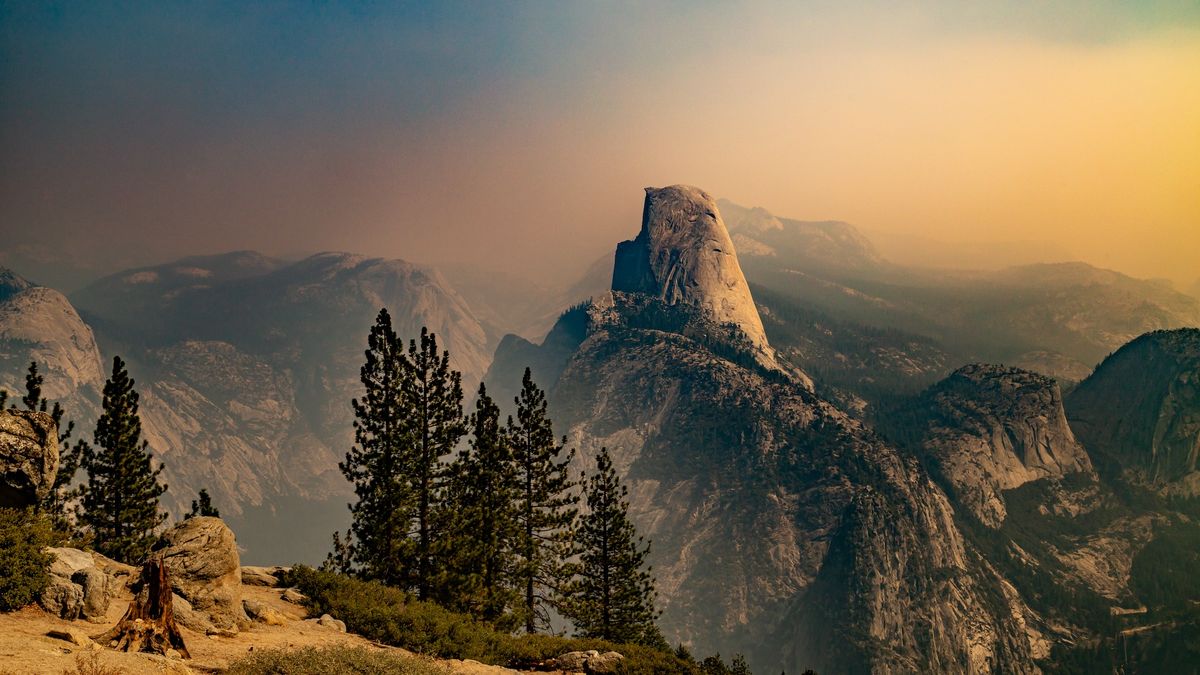Tectonic Turmoil: California's Crust Begins to Unravel in Geological Surprise

Deep beneath the majestic Sierra Nevada mountain range, a fascinating geological phenomenon is unfolding. Scientists have discovered that a section of the Earth's upper mantle and crust is slowly peeling away, revealing a remarkable process that may provide crucial insights into the ancient formation of continents.
This extraordinary geological event offers a rare, real-time glimpse into the dynamic forces that have shaped our planet's landscape over millions of years. As the rocky layers gradually separate, researchers are witnessing a potential modern-day analog to the complex mechanisms that originally created continental landmasses.
The ongoing process of lithospheric detachment provides geologists with a unique opportunity to study the intricate interactions between the Earth's crust and mantle. By observing this natural laboratory beneath the Sierra Nevada, scientists hope to unlock deeper understanding of the fundamental processes that have sculpted our planet's surface throughout its long geological history.

